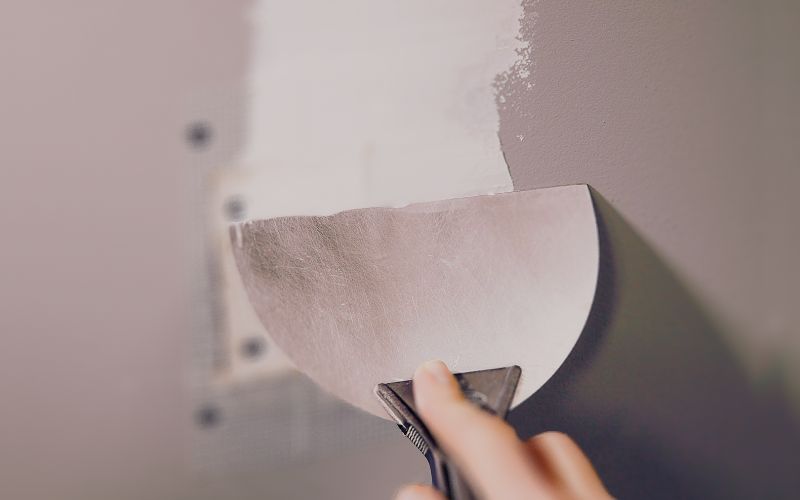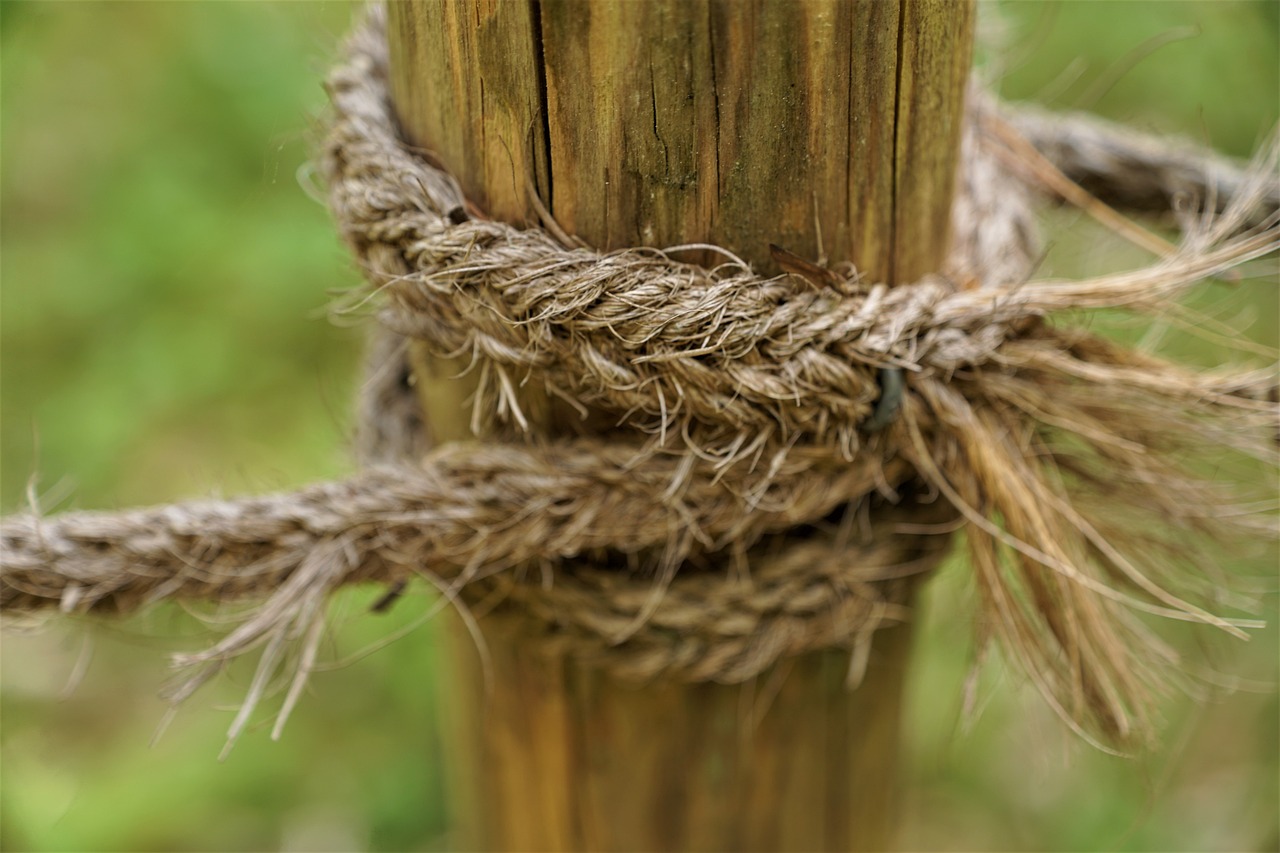Drywall has become a popular choice of interior wall covering for homes due to its durability and versatility. However, like any other material, drywall is prone to damage over time. From small holes to large cracks, drywall can present a variety of issues that require repair. If you are a homeowner who wants to fix your damaged drywall, this blog post will guide you through the process. We’ll discuss how to identify common drywall problems, the essential tools needed for repair, and techniques for fixing both small and large holes. With this information, you can tackle any drywall repair job with confidence and restore your walls to their original beauty.
Meta Description:
Learn how to spot and identify drywall damage, and explore essential repair tools needed for both small and large holes. Fill, sand, cut, and patch away!
Identifying The Damage: Spotting Drywall Problems
Drywall, although a sturdy investment for your home’s interior, is bound to develop problems over time. Identifying the damage is the first step in resolving these issues, and in this blog post, we’ll discuss just how to spot some common drywall problems.
Cracking: Drywall cracking is likely the most common problem homeowners face. These occur due to various reasons, such as flawed installation or changes in home foundation. You may notice a hairline crack or a larger vertical one along the seams. Similarly, corner cracks indicate a damaged tape joint.
Bubbling: Moisture in the air is the root cause of unknown bubbling under the paint or wallpaper that covers drywall. Oftentimes, bubbling is unseen until the problem is quite advanced, and the adhesive loosens further. In such cases, the affected area looks like water got trapped beneath the wall covering.
| Drywall Problems | Causes |
|---|---|
| Cracking | Flawed installation or changes in home foundation |
| Bubbling | Moisture in the air |
| Peeling Paint | No adherence due to weak drywall or not adequately prepping the wall |
Peeling Paint: Another common drywall issue is when the paint on the surface starts peeling. This problem occurs when the drywall is not robust enough or hasn’t been adequately prepped before painting. Your best visual cue here is how the paint appears like it’s lifting from the wall.
In conclusion, spotting drywall issues is critical before repairing them. Keep an eye out for cracks, bubbling, and peeling paint. Addressing these issues early can save you time and money in the long run. Remember always to hire a professional if you’re unsure or if the drywall problems require an expert touch.
Drywall Repair Tools: Essential Equipment For The Job
When it comes to drywall repair, having the right tools is essential for a successful job. Using the wrong tools can not only make the process more difficult, but it can also lead to poor results. Here are some essential tools that every homeowner or contractor should have when tackling drywall repair:
| Tool | Function |
|---|---|
| Utility knife | Used for cutting drywall to size and creating clean edges. |
| Taping knife | Used for applying joint compound to seams and corners. |
| Sandpaper | Used for smoothing out rough edges and surfaces after the repair work is done. |
| Drywall saw | Used to make cuts in drywall for electrical boxes or other fixtures. |
In addition to these basic tools, there are other tools that can make drywall repair easier and more efficient. For example, a drywall lift can be a helpful tool when trying to install large sheets of drywall on the ceiling. Similarly, a drywall screw gun can be a faster and more accurate way to install drywall screws than using a traditional drill.
If you are a contractor or do a lot of drywall repair work, investing in quality tools is a must. But even if you are a homeowner who only needs to do occasional repair work, having the right tools will make the process easier and help you achieve better results.
Repairing Small Holes: Filling And Sanding Drywall
When it comes to home repairs, drywall repair is a common task that can be easily done on your own. Small holes in drywall, such as those from hanging pictures or accidentally hitting the wall with furniture, can be quickly fixed with the right tools and techniques. In this post, we’ll cover the steps for repairing small holes in drywall, including filling and sanding.
First, gather your drywall repair tools, including a putty knife, spackling compound, sandpaper, and a wood block. Begin by clearing any loose debris from the hole using a stiff brush or your putty knife. Next, apply a small amount of spackling compound to your putty knife and spread it smoothly over the hole, filling it completely. Allow the spackling to dry completely before proceeding.
Once the spackling is dry, use your wood block and sandpaper to gently sand the area until it is smooth and even with the surrounding wall surface. You may need to apply additional coats of spackling and sand between each layer until the hole is completely filled and the repair is flush with the wall. It’s important to work slowly and carefully, taking breaks as needed, to avoid damaging or over-sanding the wall.
| Step | Action |
|---|---|
| 1 | Clear debris from hole |
| 2 | Apply spackling compound |
| 3 | Allow spackling to dry |
| 4 | Sand area until smooth |
| 5 | Apply additional coats if necessary |
By following these simple steps, you can easily repair small holes in drywall and restore the beauty of your home’s walls. Remember to always take your time and work methodically to achieve the best results.
Fixing Large Holes: Cut And Patch Techniques For Drywall
Home renovation projects often involve fixing or replacing drywall. Whether it’s a dent from an accident, a hole from hanging shelves, or a larger area needing repair, it’s important to know how to do it right. Fixing large holes in drywall can be intimidating, but with the right tools and techniques, it can be a simple DIY project.
Identifying The Damage: Before starting any repair project, it’s important to assess the damage. Take a close look at the affected area and determine if it’s a small hole or a larger one. For large holes, it’s best to use a cut and patch technique, which involves cutting out the damaged area and then patching it with a new piece of drywall.
Drywall Repair Tools: To start this project, you’ll need a few essential tools. These include a drywall saw or utility knife, measuring tape, drywall screws, a drill, sandpaper, a putty knife, drywall tape, and joint compound. Additionally, you may need a piece of drywall to use as a patch if the hole is too large to repair with joint compound alone.
| Drywall Repair Tools: | Essential Equipment For The Job |
|---|---|
| Drywall saw or utility knife | For cutting out damaged areas |
| Measuring tape | To ensure precise measurements |
| Drill and drywall screws | To secure the new drywall patch in place |
| Sandpaper and putty knife | For smoothing and finishing the patch |
| Drywall tape and joint compound | To reinforce the patch and blend it in with the existing wall |
Fixing Large Holes: Cut And Patch Techniques For Drywall involve cutting out the damaged area and preparing for a new patch. This entails cutting a square or rectangular opening around the damaged area, measuring the opening, and cutting a new piece of drywall to fit. Then, attach the new piece of drywall to the frame of the wall using screws. Cover the seams with drywall tape and apply several layers of joint compound, sanding between each layer until it’s smooth.
Repairing large holes in drywall can seem like a daunting task, but with the right tools and techniques, it’s a straightforward process. By ensuring a proper cut and patch technique, your wall will look as good as new in no time.











